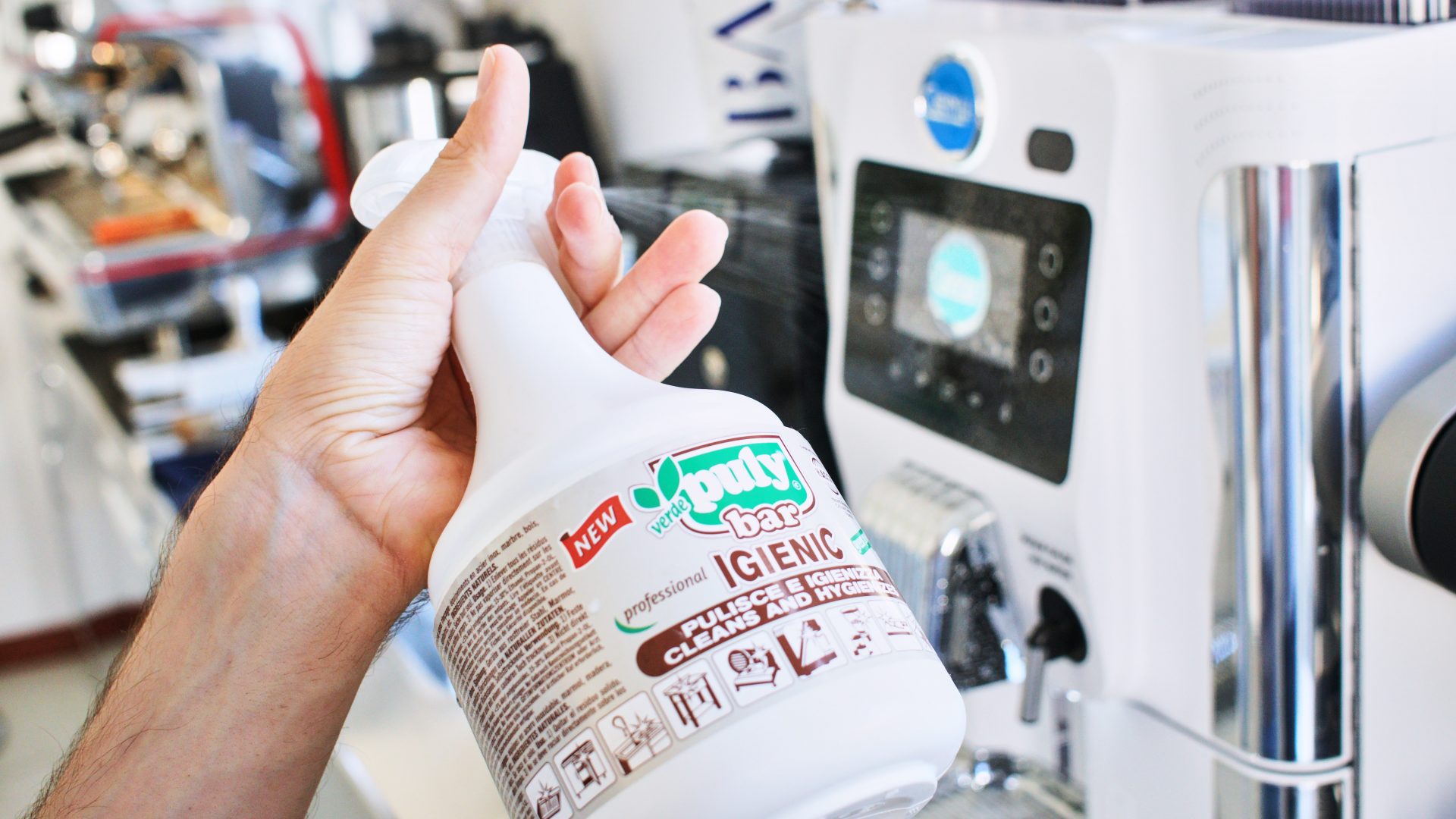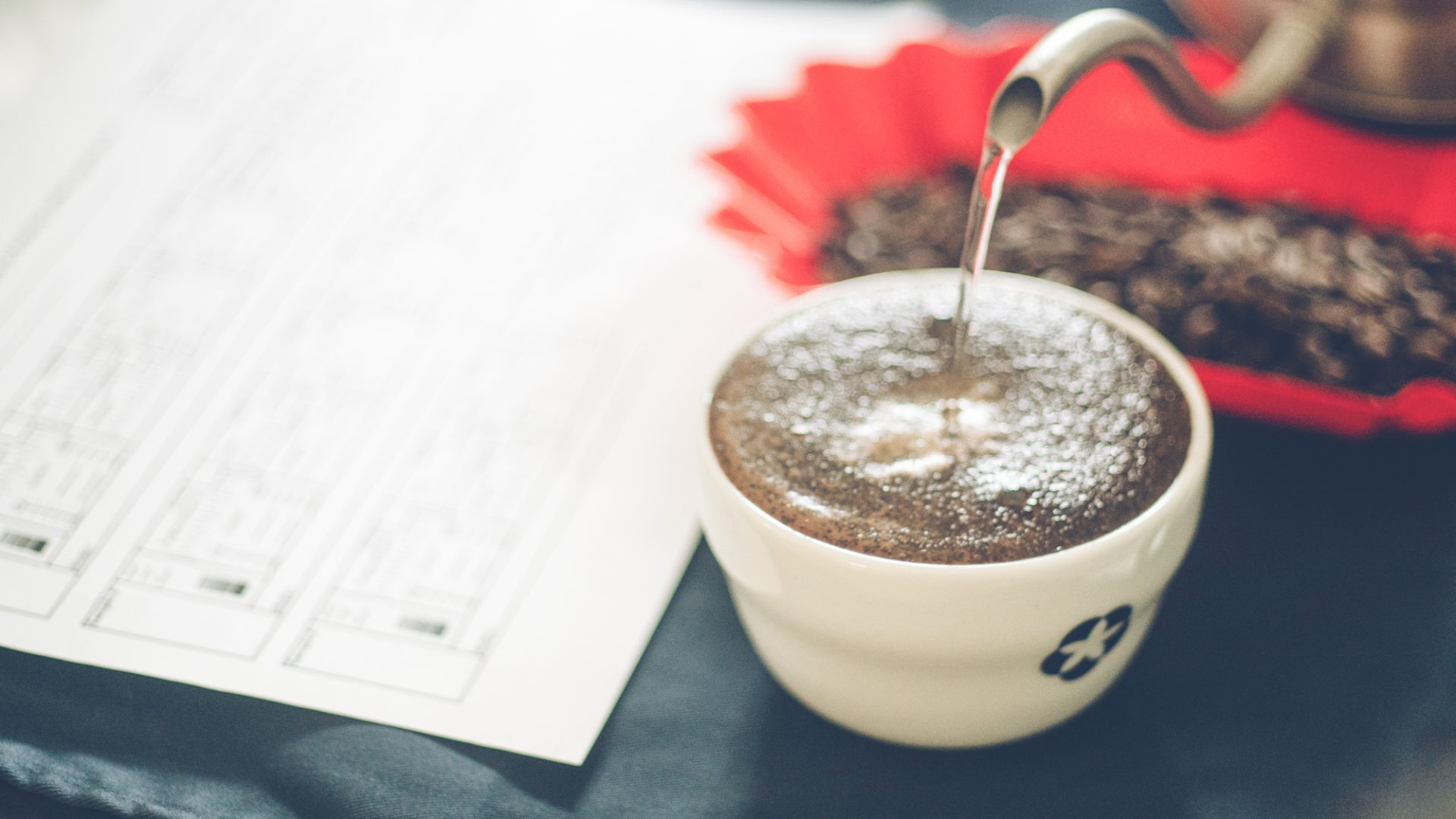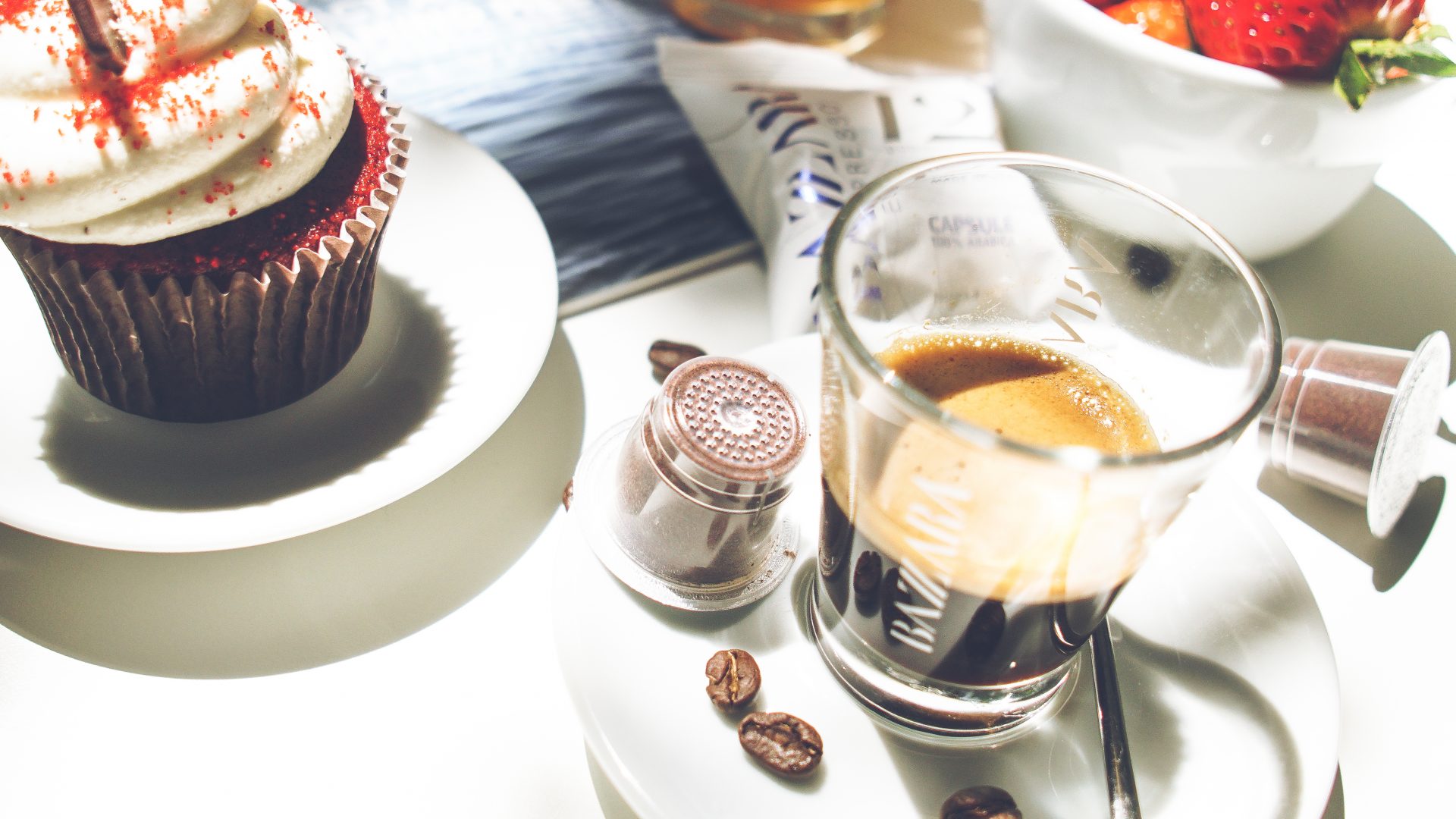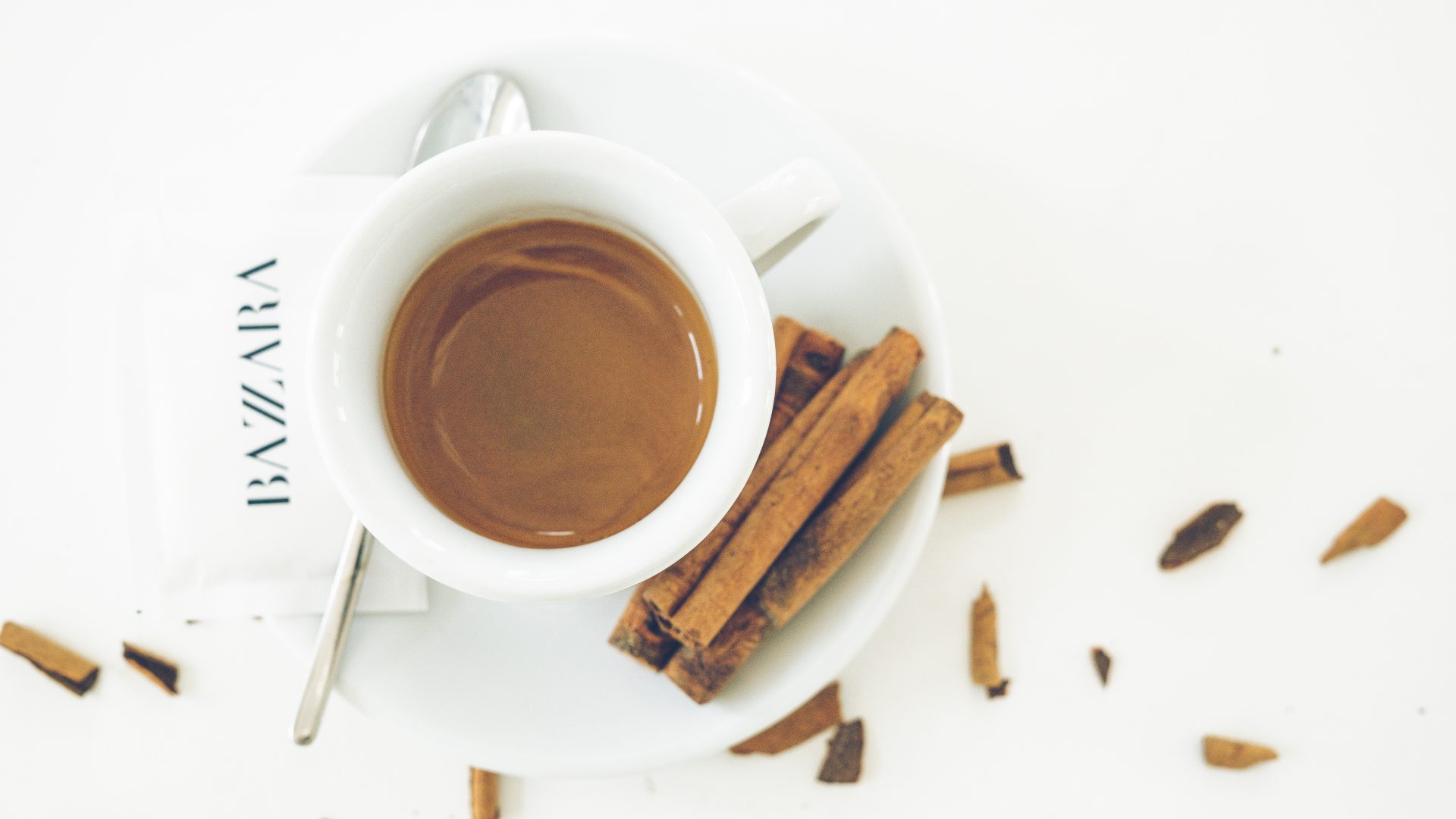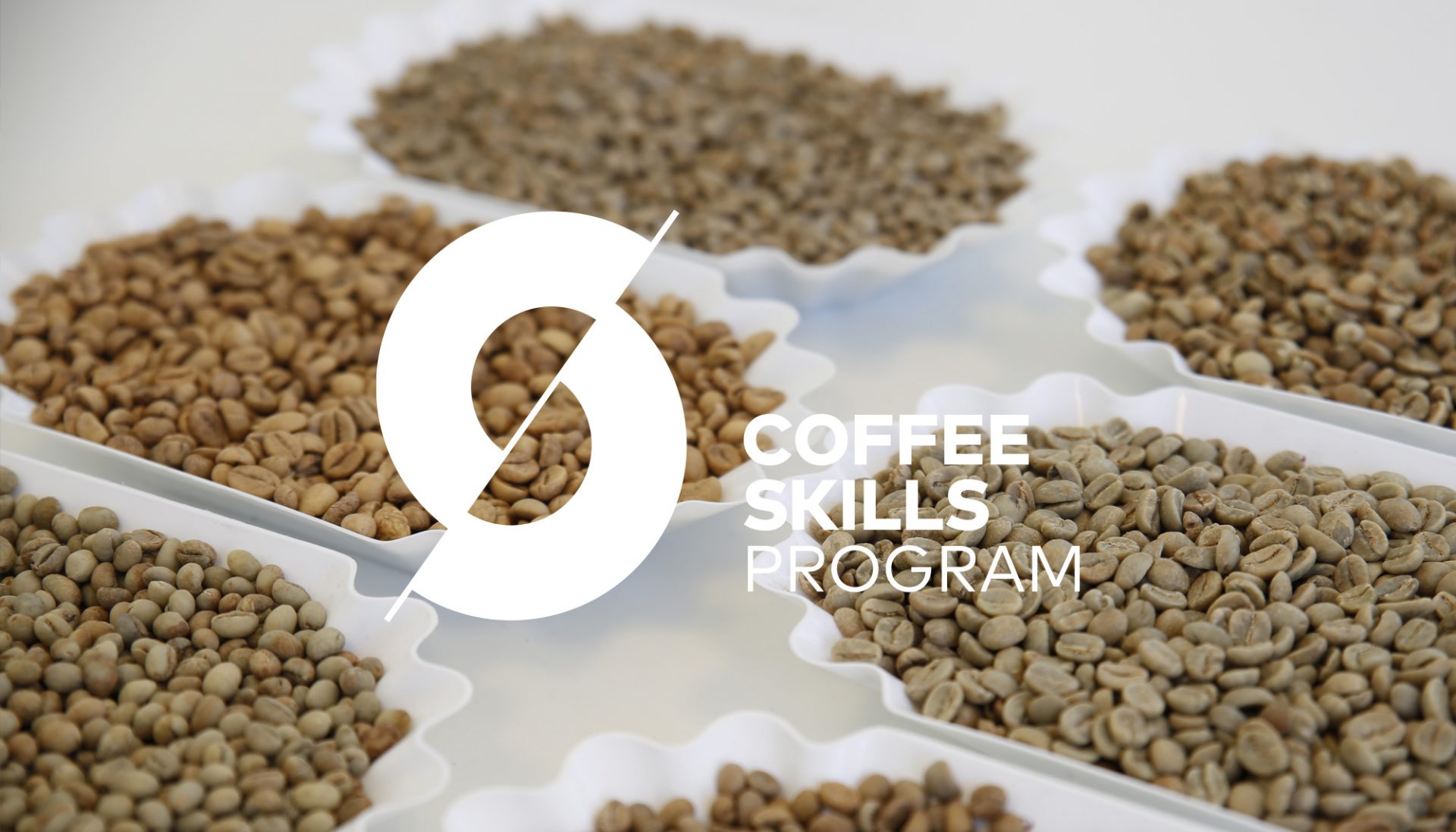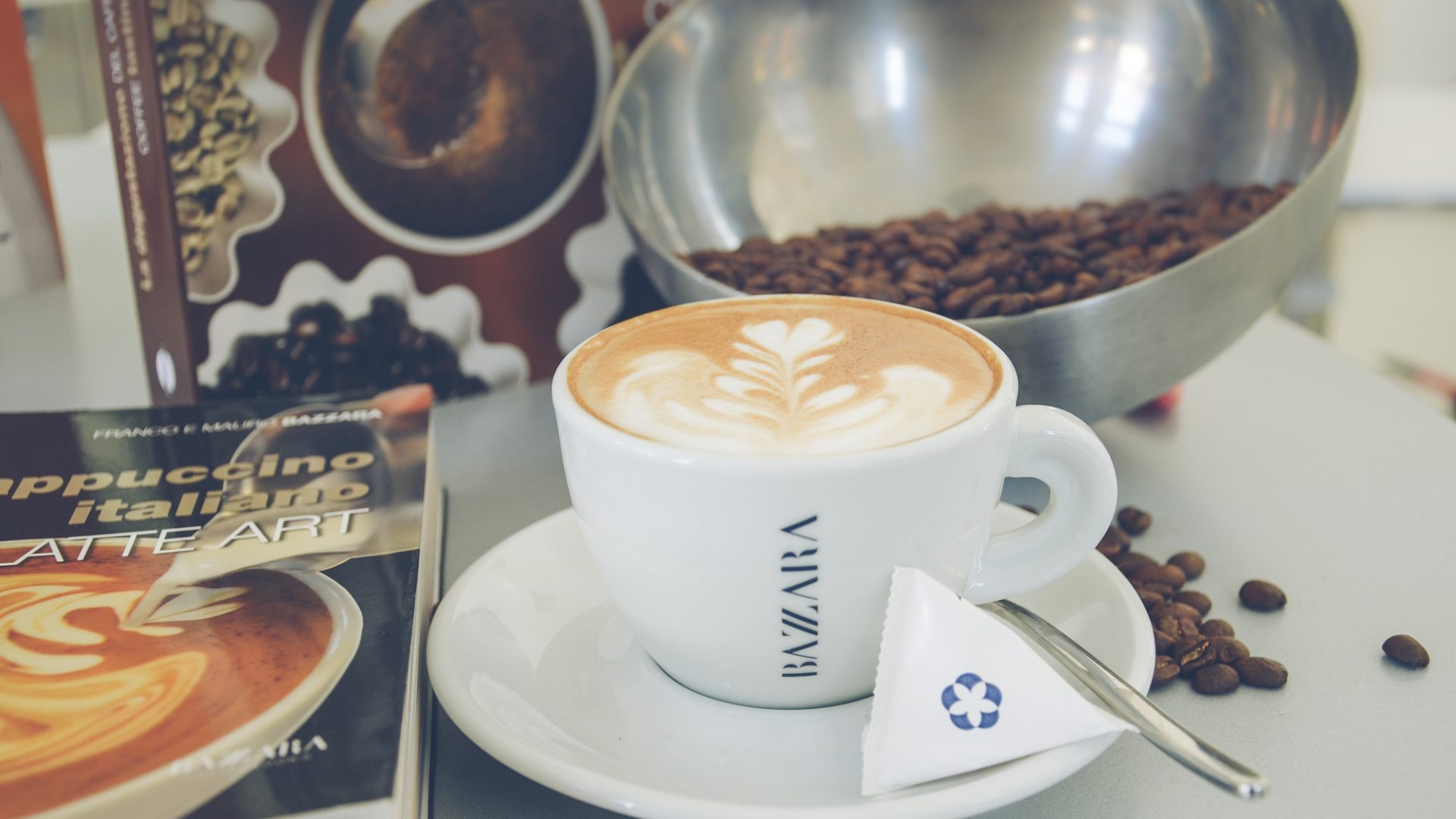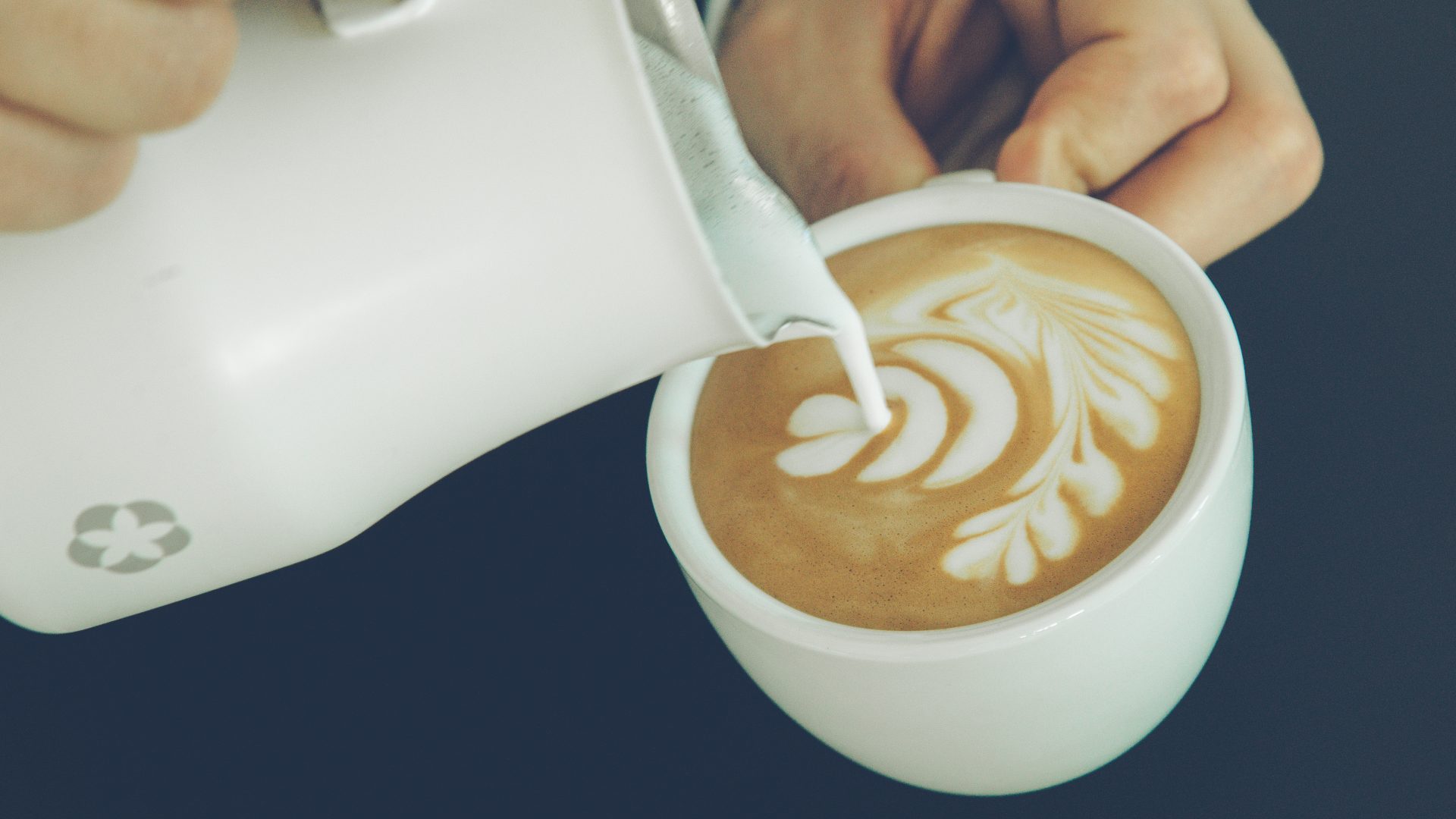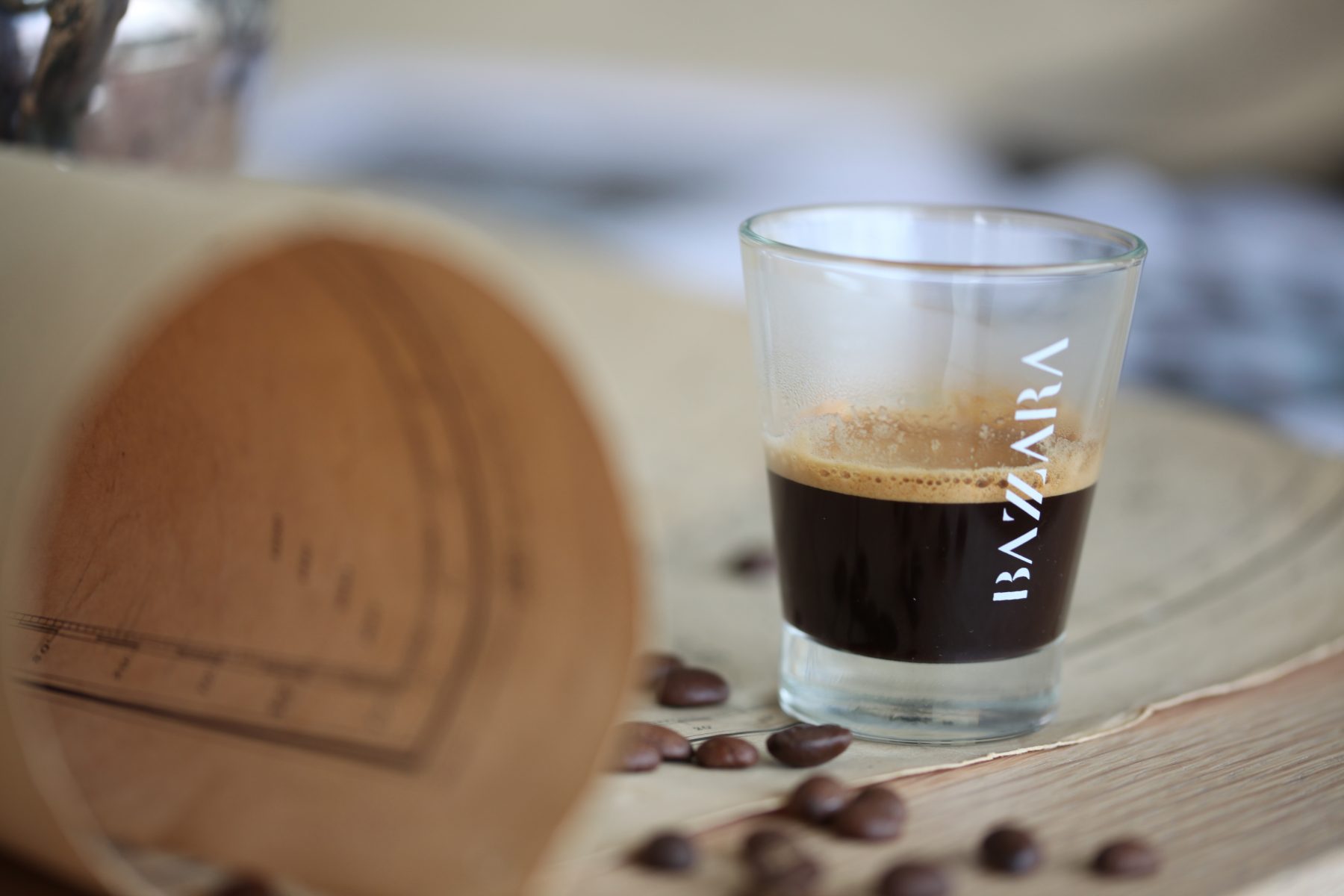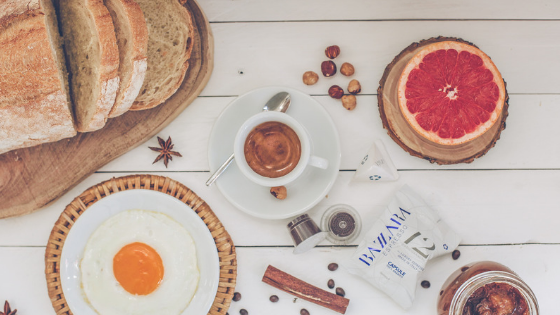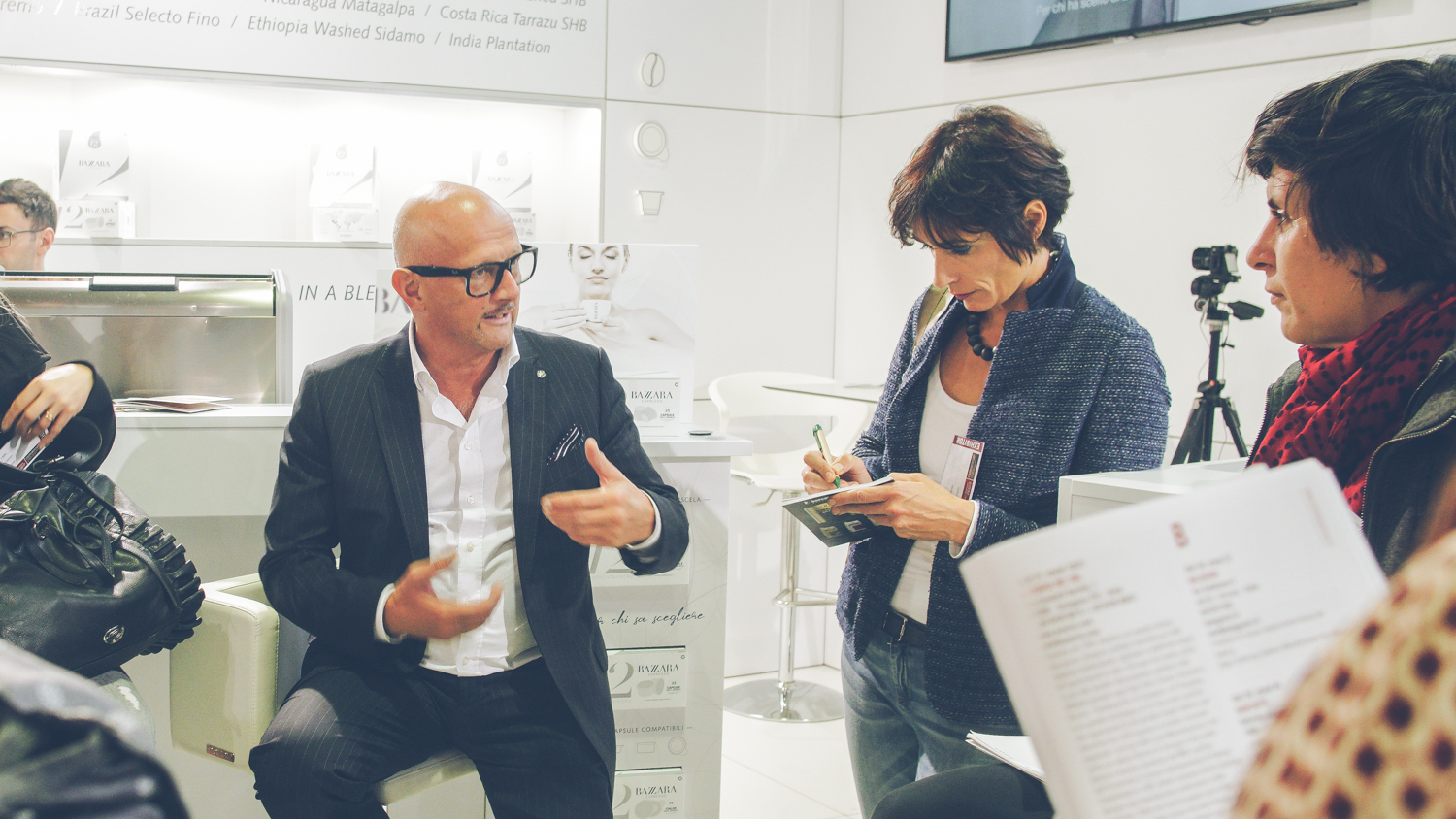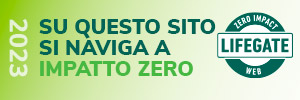In the catering industry and, more generally, in public bars and cafés, hygiene is very important. But for a coffee machine, cleaning is even more so.
To keep the coffee machine in a good state, it should ideally be cleaned with specific products at the end of every duty. For the grinder, however, it is enough every 2/3 days.
How can an incorrect cleaning affect the success of an espresso?
“Espresso coffee machine can extract from coffee many substances it contains – Gianfranco Carubelli”
Among the substances contained in coffee, lipids (fats and oils) are surely to be mentioned: they are, indeed, the fundamental elements of the cream that help the aromatic components in blending together. They are essential even because they allow us to fix the aromatic composites of coffee in the mouth, in order to release them gradually. Lipids are, however, also the cause of the production of some defects in the cup, such as, rancidity. How? These elements, in contact with the oxygen present in the atmosphere, trigger a range of reactions as, for example, the detachment of an hydrogen atom from the chain of a fat acid with the resulting formation of a free radical; from here, some secondary components are produced, responsible for the rancidity scent, especially perceived by smell and then pervading the whole aftertaste.
Why is it important to have such information to produce a good espresso?
Because fats have the property of deposing on the material they get in contact with, that, if not washed, stagnate and go rancid.
It is good practice to clean the espresso machine every 500 extractions with specific products, suitable to cleaning and to hygiene.
How is the grinder to be cleaned?
The cleaning of the grinder is likewise important. They are the tools that get in contact the most with coffee beans. Since the product it contains is at a room temperature, this equipment is considered “cold” and, therefore, cleaning is recommended every 2/3 days (heat favours rancidity and since here it is not present, it does not have any impact).
Another important element to be cleaned, and this time to produce a successful cappuccino, is the steam nozzle. This is the tool that the barman uses to whip the milk. Also in these case proteins, fats and calcium deposit inside and outside the nozzle, affecting the future steam jet. It is recommended to clean it with certified products at least once a day to decompose proteins and to dissolve the film of oils and fats, allowing the complete cleaning with water.







